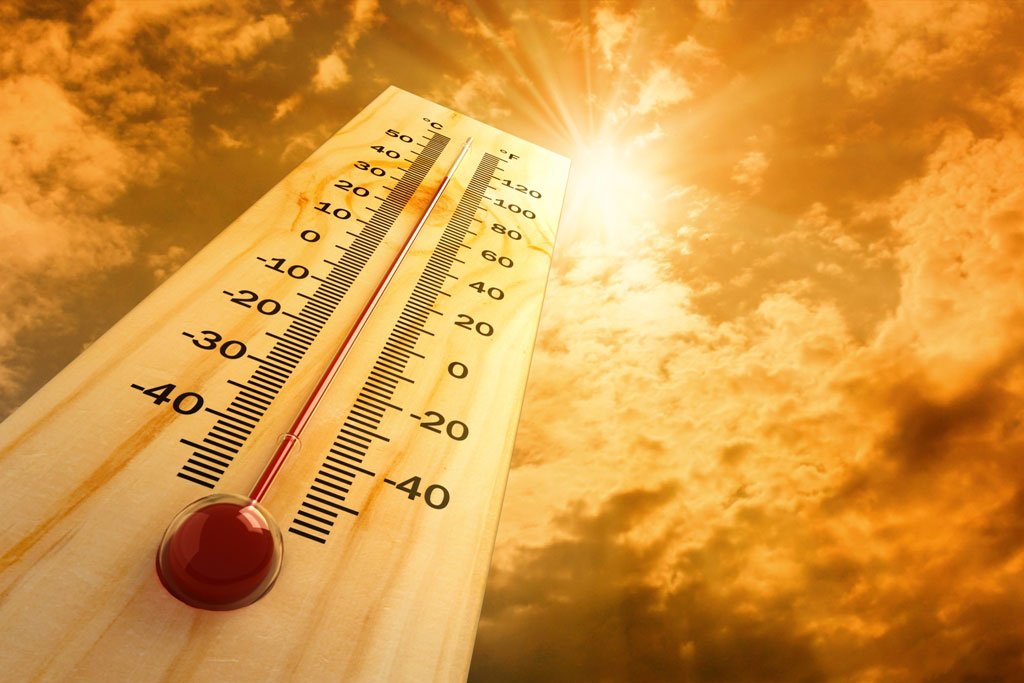India is a hot tropical country, except for the northern states which have a cooler, more continental-influenced climate. The Indian climate is made up of Summer, Monsoon and Winter weather.
Add in chart from NIWA
Climate data from NIWA, the National Institute of Water and Atmospheric Research
The Climate of India can be divided in different climate zones. The eastern part of India and the west coast has a hot, tropical climate with all months above 18°C and a dry period in the winter. The southern Tip of india has a hot tropical Rainforest climate with monsoon rains and all months above 18°C. Central and Northwest India have a dry Steppe climate with an annual average Temperature above 18°C. Finally, the northern mountainous areas has a temperate, humid climate with the warmest month above 22°C.
The India Meteorological Department (IMD) designates four climatological seasons:
- Winter, occurring from December to March. The year’s coldest months are December and January, when temperatures average around 10–15 °C (50–59 °F) in the northwest; temperatures rise as one proceeds towards the equator, peaking around 20–25 °C (68–77 °F) in mainland India’s southeast.
- Summer or pre-monsoon season, lasting from April to June (April to July in northwestern India). In western and southern regions, the hottest month is April; for northern regions, May is the hottest month. Temperatures average around 32–40 °C (90–104 °F) in most of the interior.
- Monsoon or rainy season, lasting from July to September. The season is dominated by the humid southwest summer monsoon, which slowly sweeps across the country beginning in late May or early June. Monsoon rains begin to recede from North India at the beginning of October. South India typically receives more rainfall.
- Post-monsoon or autumn season, lasting from October to November. In northwestern India, October and November are usually cloudless. Tamil Nadu receives most of its annual precipitation in the northeast monsoon season.
The Himalayan states, being more temperate, experience an additional season, spring, which coincides with the first weeks of summer in southern India.
In most of India summer is very hot. It begins in April and continues till the beginning of October, when the monsoon rains start to fall. The heat peaks in June with temperatures in the northern plains and the west reaching 45° C and more. The monsoons hit the country during this period too, beginning on 1st of June when they find the Kerala coast, moving further inland from day to day. Moisture laden trade winds sweep the country bringing heavy rains and thunderstorms; sometimes these monsoon rains can be very heavy, causing floods and damage, especially along the big Rivers of India, Bramaputhra and Ganges.
The plains in the north and even the barren countryside of Rajasthan have a cold wave every year in December-January. Minimum temperatures could dip below 5°C but maximum temperatures usually do not fall below 12°C. In the high altitude areas of the northern mountains it snows through the winter and even the summer months are only mildly warm.
Typhoons are usually not a danger; these tropical storms are quite seldom in India. The Typhoon Season is from August to November; the East Coast of India has the highest Typhoon risk.
Best Time to Visit India
High Season (Dec-Mar)
- Pleasant weather, mostly. Peak tourists. Peak prices
- In December and January northern cities can get cold, bitterly so in the far north
- It starts heating up in February
Shoulder Season (Jul-Nov)
- July to early September is the prime time to visit Ladakh
- India’s southeastern coast (and southern Kerala) experiences heavy rain any time from October to early December
Low Season (Apr-Jun)
- April is hot; May and June even hotter. Competitive hotel prices
- From June the monsoon sweeps from south to north. Fatiguing humidity
- Beat the heat (but not the crowds) in the cool hills
Required clothing:
Lightweight cotton clothing is advised throughout the year, with an umbrella or raincoat for the monsoon season. Be prepared for high temperatures and humidity, no matter where you go. A sweater and warmer clothing is advised for cooler evenings. Warmer clothing is advised for the northern mountainous areas of India, which can have quite cold winters.



Leave A Comment